OK, I admit, I wrote that title to be provocative; but the truth is, in many ways my compact camera IS better than the DSLRs that I own. Let me tell you why.
First let me tell you why I mainly use my DSLRs. My large, heavy DSLRs have large sensors, high speed continuous shooting and allow me to use some of the highest quality, most expensive lenses on the market today. I use my DSLRs when I shoot for professional, paid assignments for two primary reasons:
1) Just in case my client would like to print massive, gallery sized images and
2) So that I look like a professional. You’re probably smirking right now, so let me explain.
Regarding #1: Huge prints: On the DSLR, the combination of the large image sensor and large, expensive lenses allows me to capture high resolution files that will print a nice 40 inch by 60 inch, canvas gallery wrap. Now, before you head down the road of thinking “Well that sounds like a good thing to me!”, let me ask you this: When was the last time you printed a 40 x 60 inch photo? Let’s cut that in half: When was the last time you printed a 20 x 30 image? A 10 x 15? An 8 x 10? Ya, I thought so. See, most people don’t print their images, they share them online or maybe compile them into a printed book (i.e. mixbook) where the images are not much larger than a 4×6 on the pages. On the super-rare occasion that they do print, it’s usually at the 4×6, 5×7 or 8×10 size. Am I right? I think you know it’s true.
The good news? I’ve taken photos with my compact camera AND printed them on large canvases that are stunning and beautiful. I have one hanging up on my wall of Oceanside Harbor at Sunset that is crisp, clear and beautiful. It’s a 16 x 20 inch, gallery wrapped canvas that I took with my Canon G11, the predecessor of the camera I currently own (Canon G16). I could’ve printed it larger, but the 16 x 20 was the appropriate size for what I needed over my fireplace mantel.
So the take-away from this is: You can shoot and print gorgeous images with a compact camera and don’t really need the bigger sensors or heavy, expensive lenses to do so.
Regarding #2: Looking like a professional. As much as some of you might wish it wasn’t so, we often judge people by how they appear. Would you put much faith in a lawyer who showed up to court in shorts and sandals? How about that car mechanic that didn’t have a clean organized garage, but instead promised to overhaul your engine with the tools scattered in the trunk of his clunky, rusted beater of a car? Ya, appearance matters. It’s for this reason that I show up to a photo gig with the tools that clients “expect” me to have.
I think of my pro gear as my business suit, my costume, my uniform for the job. Strapping 2 large DSLRs to my shoulder harness, setting up my light stands or having a backpack of my lens selection does a couple things. It builds confidence in my client that I know what I’m doing and will get the job done AND it’s advertisement for “future” clients who have not yet hired me. I’m talking about the aunt and uncle at the wedding who are considering who to hire for their kid’s birthday party. I’m talking about the wife of the CEO, who’s headshot I’m taking, that owns her own real estate business and has been looking for someone to shoot images of her properties. Would they hire me if I rolled up with something that “looked” like a point and shoot? Unlikely, EVEN if my images came out great. Customers pay for the confidence they have in you and your experience. Show up to a wedding shooting with an iPhone and you embarrass your client. Show up with pro-gear, you build confidence and show that the client didn’t skimp.
The take-away from this is: Unless you’re a paid, professional photographer, who makes a living taking pictures and needs to put on “the suit”, you may not need a large, expensive, heavy, bulky DSLR. Now that we’ve covered that, let’s look at why a compact camera may be MUCH better that a DSLR.
I love my compact camera (Canon G16) and shoot with it often. More often than my DSLRs. Why? It’s lighter and smaller. For this reason, I can carry it around in my daypack without taking up all the space. My compact also has a nice “fast” (1.8 – 2.8) lens that is the equivalent of a 28mm – 140mm. To do that with my heavy DSLR would require me to carry an also-heavy lens (or 2!). In fact, most of the time, I also carry extra batteries, a flash, a wireless trigger AND a small tripod with a lot of room to spare in my daypack. Since I have it with me all the time, I end up taking more pictures with it than my bulky DSLR which is often stored away until my next pro gig.
Beside the ease of access and availability, I love that I’m less fatigued and less exhausted after shooting all day with my compact. Shooting a wedding is an exercise of endurance. To do it well you’ve gotta be pretty competent and ready to be burnt out by the time the reception is over. That’s not a feeling I like to have after a day at the beach with my family, at the amusement park or at a birthday party. I’m so thankful for the lightweight and agile nature of a compact camera.
I love that my compact camera is less conspicuous and less threatening. If you’re trying to be discreet, whether it’s at a kid’s birthday party or capturing city life with street photography, a compact camera is a joy to use. Large DSLRs can understandably make some people uncomfortable. Once certain people are aware of you and your conspicuous camera, it’s all over. You’ve lost the ability to blend in with stealth, you’ve lost easy going candid shots and created a level of tension that changes expressions and images if only just a little bit.
One bonus of many compact cameras is that they cost less than DSLRs and lenses. My Canon G16, with it’s “fast” 28mm – 140mm lens costs about $400. The equivalent DSLR body and lenses would cost about $3000. Is the DSLR more capable? Yes. Is it big and bulky? Yes. Do I need it for most of my photo situations? No.
The only camera that is smaller, lighter and in my pocket is my iPhone and I LOVE my iPhone! It’s fast, accessible and easy to use BUT my compact camera is MUCH, MUCH more capable. It has the potential to take better pictures than my iPhone. My compact has a larger sensor, more controls, a better lens and even a pop up USABLE flash! It even has WiFi so that I can take that awesome shot, transfer it to my iPhone and share it with the world in a matter of seconds.
As a Postscript side note: More and more “Mirrorless” camera systems are being developed. These systems are amazing. They combine the capabilities of DSLR systems with the (relatively) lightweight and agile nature of compact cameras! Keep your eyes out for these mirrorless systems. As with most technology, prices are coming down while features and quality are going up. I’m confident and certain that they are going to displace and potentially replace the use of DSLRs (with the exception of speciality situations) in the next few years.
There are a lot of compact camera systems to choose from. Click here for a small sampling of some of my recommendations today.
In summary my compact camera is better than your DSLR and here’s why:
It’s capable of taking stunning pictures
It’s lighter
It’s smaller
It’s less conspicuous
It’s less threatening
It costs less
It’s more capable than my iPhone

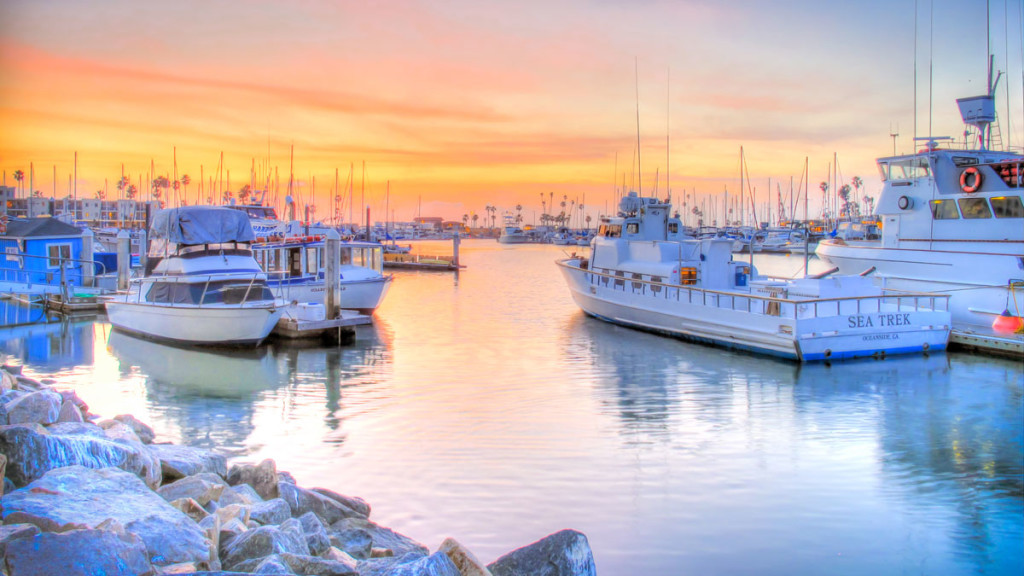
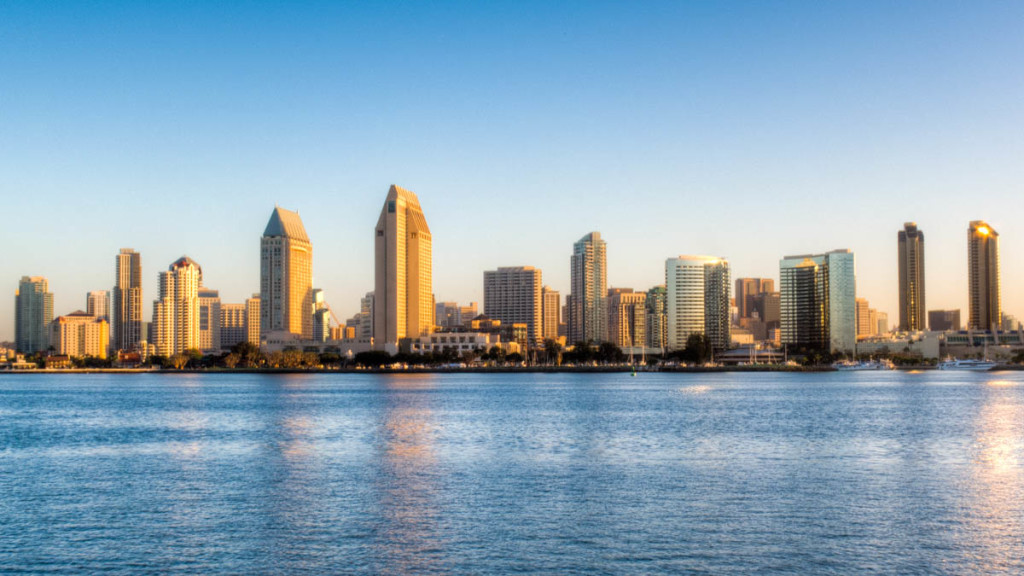
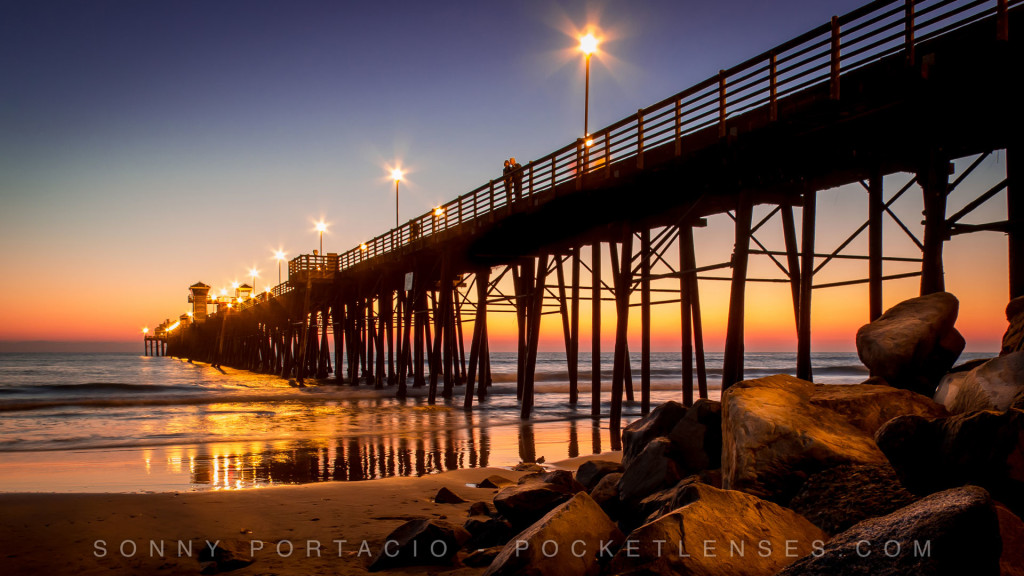
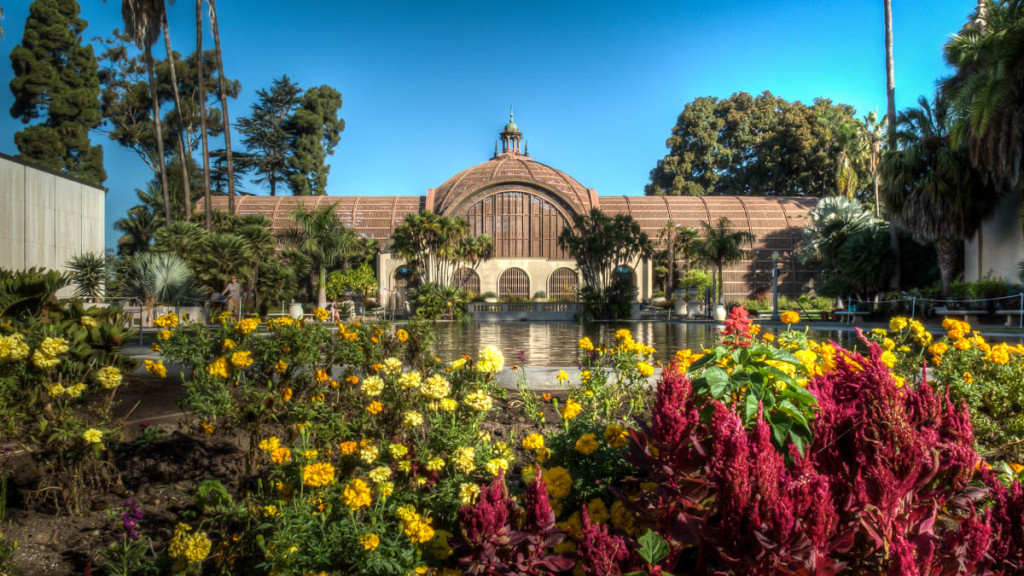
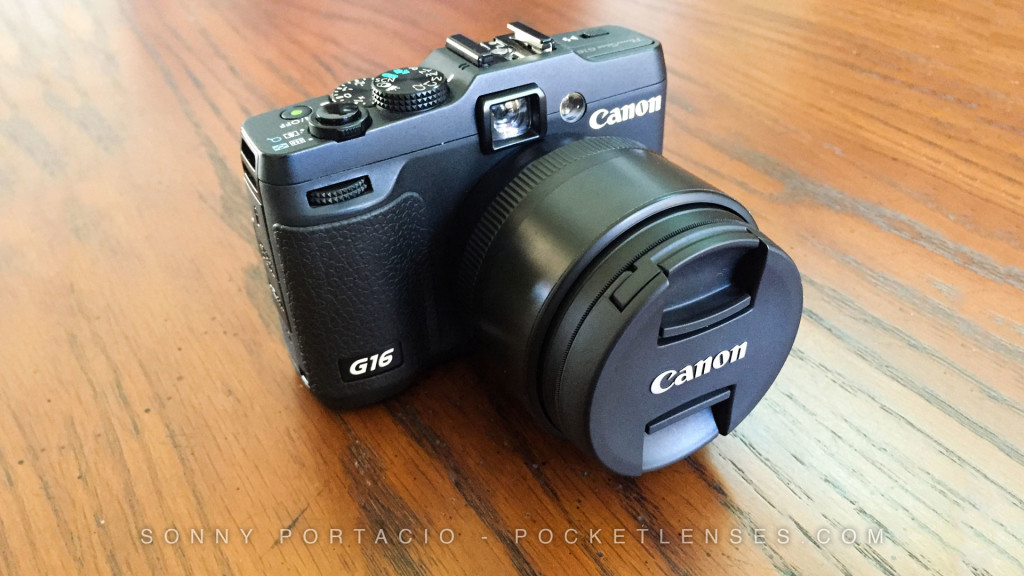

After reading and listening to Sonny talk about his Canon G16 I bought my own and I love it. I can’t believe the quality photos I can shot with such a small, lightweight camera. I absolutely love my Canon 60D DSLR but it is so bulky. I can now hike without the constant annoyance of the bulk on my shoulder.
Thanks again Sonny for showing me what I need.
Hey Mark! Yup, love my compact camera. It’s made all the difference at times just by having a good quality, lightweight camera WITH me. iPhone: always, with me, but some limitations. DSLR: lots of capability, but inconvenient. The advanced compact is a really nice balance of convenience and functionality.
This article is spot on, in most of its points. I just returned from a trip to Taiwan and Thailand, and before the trip I purchased a used Canon superzoom (couple of generations back because I’m on a budget) because if I’d taken my DSLR, I’d have needed both my lenses, since neither by itself is sufficient for travel photography. One is too wide and one is too long. The two lenses and DSLR body pretty much fill up a backpack and are really heavy. The setup draws too much attention, and swapping lenses in less-than-ideal conditions (like bouncing around in the back of a four-wheel-drive pickup on a mountain “road”) is inviting disaster.
I like the comparison of the DSLR gear with a business suit, and agree that huge prints are a reason to use a DSLR (and also agree that I can’t remember the last time I printed anything larger than 4×6 inches). But here’s another situation where I have to use a DSLR to get usable photos: when the action is happening fast or the timing is critical. My DSLR takes a photo instantly when I press the shutter release, and as fast as I can press it. Maybe newer compact cameras are better, but the lag time I’ve experienced with compact cameras makes it nearly impossible to catch facial expressions or gestures that just last a fraction of a second, or to catch a spinning dancer when her face is toward me. And if there’s a lot of action happening quickly, I usually find myself just pressing the shutter release in rapid succession and letting the camera take a photo as often as it feels like it, in hopes that at least some of the photos will be properly composed and focused. Think basketball game or dance performance here. Other than using the rapid-fire mode that some compact cameras have, do you have any suggestions to get around this limitation, Sonny?
Hey Lee. Good to hear from you! I used to have the same feeling of frustration with older or less expensive compacts. Not so much anymore with the newer models and many of the advanced compacts that I’ve used. I suggest you go to a local store and try your hand at some of the advanced compacts, not just the point and shoots. The G16 is still a bit slower if I shoot in full RAW mode, but shooting in high res JPEG, the thing is fast if set to continuous / burst shooting. I’ve found that to be the best bet in situation like you describe. It’s not as fast as my DSLR but by knowing it’s limitations and compensating (i.e. I can prime the shot when I anticipate a moment) I’ve gotten some pretty impressive results. Camera technology is getting better and better all the time. It’s a bit of a pain to have to go through the burst shots when I get home to select them, but it’s often worth it when I find those killer shots in the bunch. Select and edit those and toss the rest.